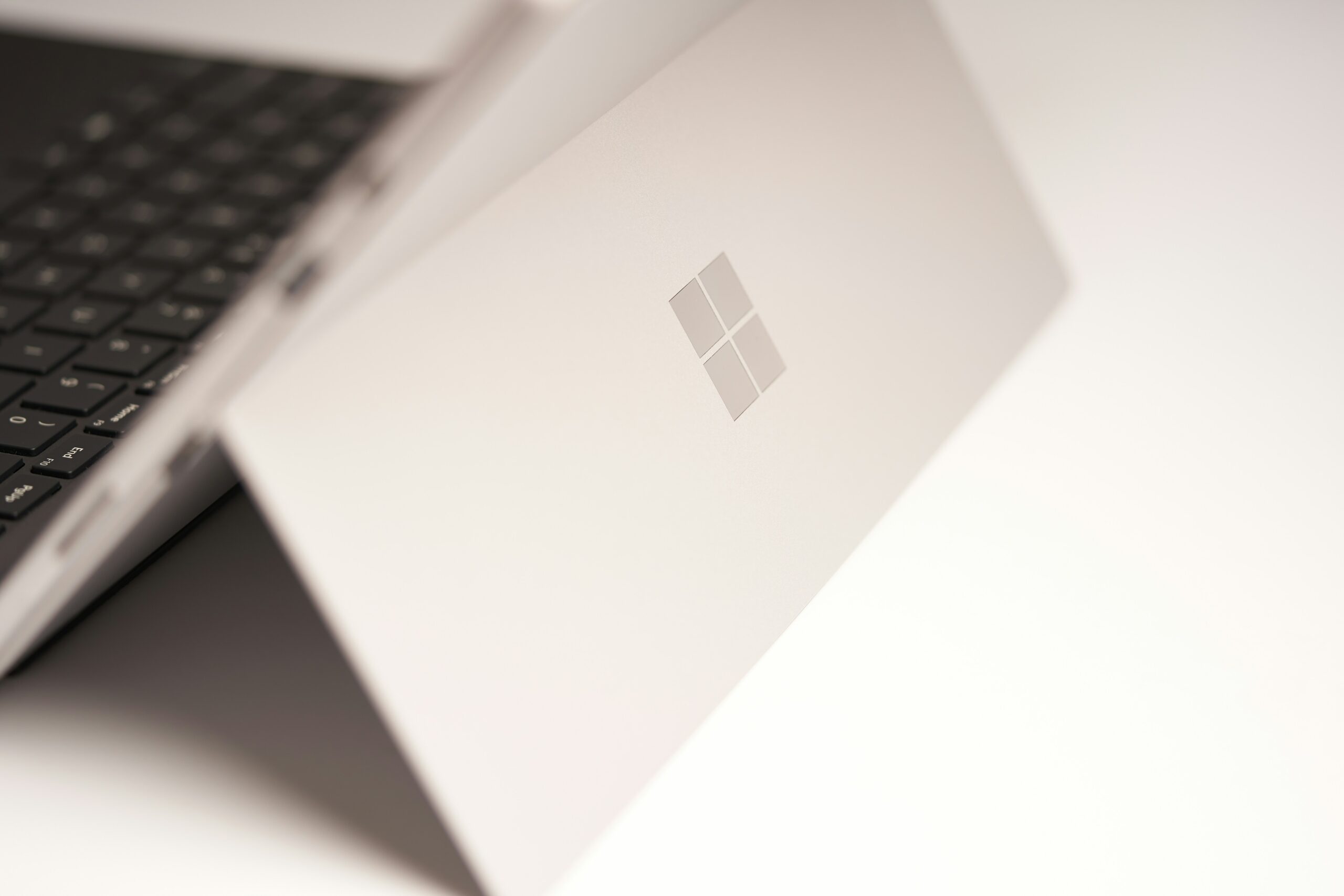Microsoft Forms: Hidden Risks and Safer Alternatives
Many Southeast Texas businesses rely on Microsoft Forms to collect surveys, applications, and feedback. It’s fast, free, and already included with Microsoft 365. But while Microsoft Forms is convenient, it also hides cybersecurity and compliance risks that most small businesses never notice until something goes wrong. In this post, we’ll explore those risks, what they mean for regulated industries, and safer alternatives that keep sensitive data protected.
Understanding How Microsoft Forms Works
Microsoft Forms lets anyone create a web form in minutes and share it through a link or QR code. The problem is that those links are often public by default. Unless settings are adjusted, anyone with the URL can view and submit responses. That means confidential data—customer contact details, payment information, or even employee feedback—can be exposed to unauthorized users or collected without proper consent.
For industries like auto dealerships, law firms, and CPA offices operating under the FTC Safeguards Rule, this exposure is more than inconvenient—it’s a compliance violation waiting to happen. Even internal forms, such as service requests or job applications, can leak sensitive data if permissions aren’t locked down.
Why Microsoft Forms Creates Compliance Headaches
The biggest issue with Microsoft Forms is its simplicity. It’s too easy to share forms outside the organization. Anyone with a link can complete them—even competitors, spammers, or malicious actors who use the same form to harvest information.
Here’s why that matters for regulated businesses in Southeast Texas:
- Anonymous submissions: Forms often collect data without verifying identity. That makes it hard to track who shared sensitive details or confirm their authorization. This makes investigations difficult when a breach occurs, and audit logs are incomplete.
- Data stored outside your controls: By default, responses are stored in Microsoft’s cloud. Without Data Loss Prevention (DLP) or retention policies, that data may stay accessible indefinitely. This can conflict with document retention policies and privacy agreements you’ve signed with clients.
- Lack of conditional access: Unless your organization enforces MFA and tenant restrictions, outside users can view and respond freely. For law firms or CPA offices handling sensitive records, that’s an unacceptable risk.
- No encryption at the form level: While Microsoft secures its infrastructure, individual Forms submissions are not encrypted end-to-end. That leaves data exposed during transit if other protections fail.
Combine those factors, and a single misconfigured form can compromise dozens of records—violating cyber insurance, HIPAA, or FTC Safeguards Rule requirements.
Real-World Examples: When Convenience Turns Risky
Recently, a Southeast Texas non-profit used Microsoft Forms to collect volunteer background information. The link was shared via social media, but not restricted to signed-in users. Within hours, spam bots had flooded the form with fake entries—and one submission included a malicious file link disguised as a résumé. The organization avoided disaster only because their endpoint protection caught the attempt. Many businesses aren’t that lucky.
A local law firm faced a similar scare when a client intake form created in Microsoft Forms accidentally accepted public responses. Sensitive client details were briefly viewable to anyone who guessed the link. No data was stolen, but the incident triggered a full internal review and forced the firm to adopt stricter data policies. Auto dealerships in the area have seen the same issue with unsecured financing forms that exposed Social Security and driver’s license numbers—potentially breaching FTC Safeguards obligations.
Practical Steps to Secure Microsoft Forms
If you need to keep using Microsoft Forms, follow these minimum steps to improve safety:
- Require sign-in to submit responses: Limit access to your tenant’s verified users. This ensures all responses come from authenticated accounts and can be traced if issues arise.
- Disable anonymous responses and external sharing: Keep all data collection internal and prevent unknown submissions.
- Apply retention policies: Automatically delete old responses. This minimizes risk from forgotten data that could be exposed later.
- Restrict permissions in Compliance Center: Only authorized personnel should access results. Audit this quarterly to ensure permissions remain tight.
- Use MFA and Conditional Access: Prevent compromised credentials from being used to view responses. It’s one of the simplest ways to reduce account takeover risk.
- Encrypt all stored files: Move exports to protected SharePoint libraries where versioning and logging are enforced.
These actions don’t eliminate all risks but drastically reduce exposure for small businesses that must remain compliant while balancing usability and cost.
Safer Alternatives to Microsoft Forms
Here are three options ParJenn Technologies often recommends to clients who need security, compliance, and control:
- Microsoft Power Apps: Builds custom intake portals with authentication, DLP, and audit logging. Ideal for businesses needing branded, internal-only data collection with better control over access.
- Jotform Enterprise or Zoho Forms (with MFA and API security): Both support encryption, approval workflows, and audit trails. They can be sandboxed inside secure environments and integrated with Guardz or SentinelOne for monitoring.
- Managed Secure Portals: ParJenn’s hosted form solution isolates data on encrypted infrastructure and integrates directly with your M365 tenant, Guardz, and SentinelOne security stack.
These alternatives cost slightly more upfront but eliminate the biggest compliance blind spots—and include logging for insurance verification. The peace of mind, visibility, and policy alignment more than justify the investment.
How ParJenn Technologies Helps Secure Your Data
At ParJenn Technologies, we work with Southeast Texas organizations to review how they collect and store customer data. Our Cybersecurity Services include Microsoft 365 hardening, encryption setup, and employee security training. We help businesses identify which Forms are safe to keep and which should be replaced with compliant tools.
Our Managed IT Services team also configures Conditional Access, multi-factor authentication, and DLP policies to protect every endpoint where data enters your environment. We tailor our approach for verticals such as auto dealerships, CPA firms, and non-profits—because each has different risk tolerance and compliance rules.
Compliance and Insurance Alignment
Using unmanaged Forms data can invalidate coverage under most cyber insurance policies. Providers require proof that sensitive data is encrypted, stored securely, and limited to authorized access. ParJenn ensures your data collection process aligns with FTC Safeguards Rule and industry best practices so you maintain coverage eligibility and audit readiness.
When auditors or insurers ask, “How do you protect form submissions?” you’ll have documentation, logs, and layered defenses ready. That documentation often becomes the difference between a denied claim and a quick payout after an incident.
Measuring the ROI of Safer Forms
Replacing or securing Microsoft Forms doesn’t just prevent fines—it saves time, reduces rework, and strengthens your reputation. Every prevented breach, every avoided audit penalty, and every efficient workflow represents measurable return on investment.
For example, one Beaumont engineering firm replaced Microsoft Forms with a managed Power Apps portal. Within a month, their staff reported a 30% reduction in duplicate entries and a 40% drop in email-based data transfers. That translated directly into faster project billing and fewer compliance headaches.
Clients who switch to managed form solutions report faster processing times, fewer spam entries, and reduced exposure to phishing or malware. That’s productivity with peace of mind.
Take the Next Step
If your business depends on Microsoft Forms, now is the time to review how those tools are configured. A 15-minute review can uncover serious risks—and an MSP-managed solution can close those gaps before they become incidents.
Book a Discovery Call with ParJenn Technologies today to protect your data, meet compliance standards, and build smarter, safer workflows across your organization.




